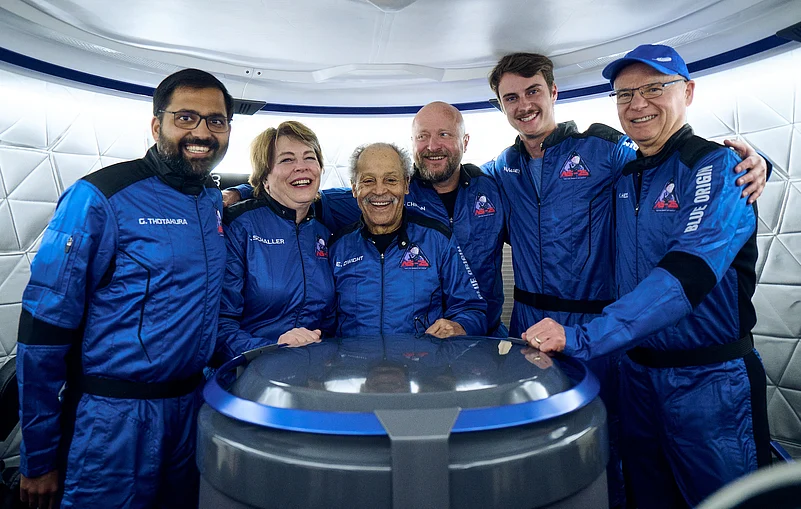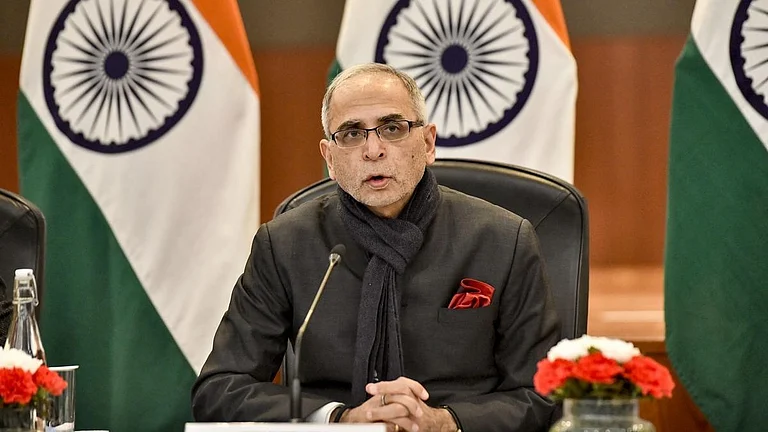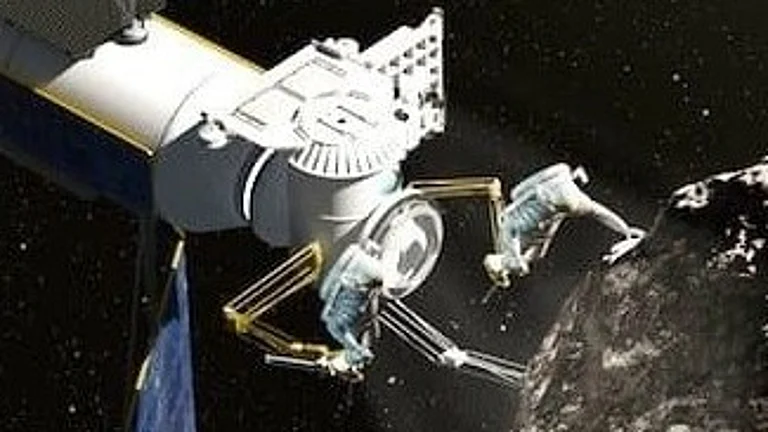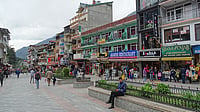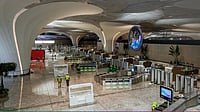Gopi Thotakura made history last week as the first Indian space tourist by joining the Blue Origin NS-25 mission. He was one of the six crew members for the NS-25 flight. Thotakura is also the second Indian to enter space since Wing Commander Rakesh Sharma of the Indian Army did so in 1984.
"We just completed our seventh human spaceflight and the 25th flight for the New Shepard program," Blue Origin said in a social media post.
New Shepard is a fully reusable sub-orbital launch vehicle developed by Blue Origin particularly for space tourism.
This mission marked the seventh crewed flight for Blue Origin's New Shepard program. So far, the program has taken 31 people past the Karman line. It is the most widely recognized boundary between Earth's atmosphere and outer space.
Jeff Bezos founded Blue Origin in 2000. As space tourism is garnering increased attention, travelers are now looking beyond common places. However, considering the fact that space tourism is still a relatively new travel alternative, the costings and monetary levels behind such trips are only limited to the richer group.
How much does it cost?
Blue Origin has not made its seat prices for the New Shepard publicly known. However, as per a report by Quartz, a seat on Blue Origin's last crewed launch in August 2022 stood anywhere around $1.25 million. This figure is nearly three times the $450,000 cost for a seat on Virgin Galactic, which is also a British-American space tourism company, founded by Richard Branson in 2004.
In 2021, the global revenue for the orbital space tourism market was estimated at around $385 million. As per Statista, this figure is estimated to rise to $555 million by 2030.






